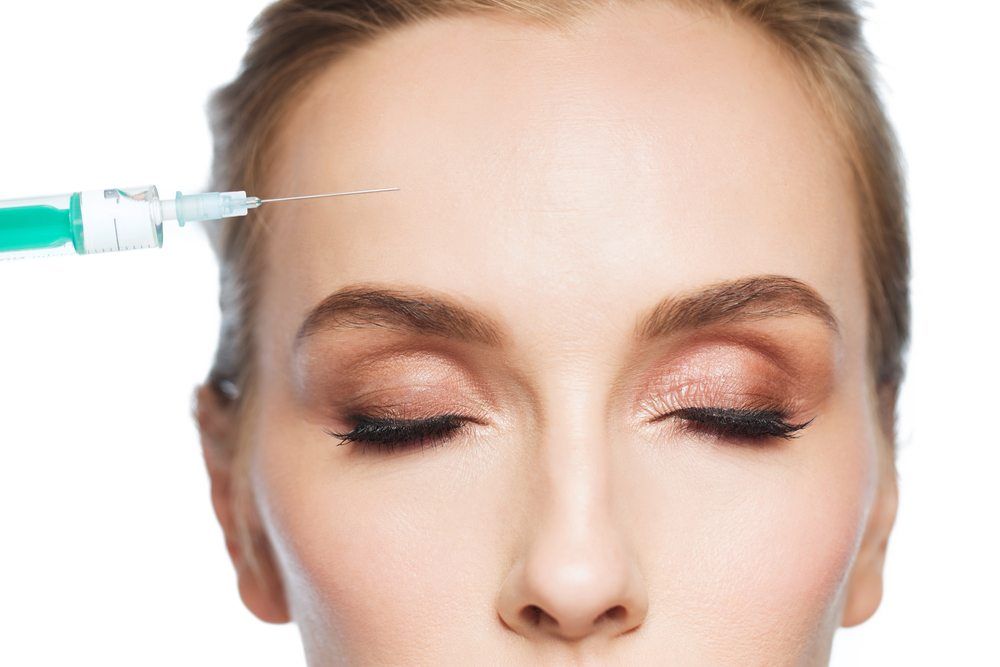Eyebrow and Forehead Lifting addresses eyebrow position and loose or wrinkled forehead skin and underlying tissue. To fully understand the benefits of eyebrow and forehead lifting, one must be aware of the importance of the position of the eyebrows.
Eyebrow position changes as we age.
Our natural eyebrow position, the effects of gravity and fat deflation, how active our eyebrow and forehead muscles are, and previous eyelid, eyebrow or forehead surgeries (if applicable), all contribute to the position our eyebrows are in today. The face sends a message, and the position of the eyebrows is a significant part of that message. That message could be, “I feel worried,” “I feel angry,” or “I feel stressed.” The message could also be, “I feel calm, rested, and relaxed.”There are several types of eyebrow and forehead lifts. The type you and your surgeon choose will
depend on your current eyebrow position, facial structure, and on what is possible to maximize your appearance. The main types of forehead lifting are as follows:
Endoscopic Forehead Lift
The Endoscopic Eyebrow/ Forehead Lift is very popular. It requires 5 small incisions hidden in the hair and leaves no visible scar. This procedure can lift everything from the hairline to the eyebrows. It tightens and smoothes the entire forehead while lifting the eyebrow area which “opens up” the entire upper face. Eyebrow shape and asymmetry can be addressed with this type of lift. Following the procedure there will be some bruising and swelling. Patients are usually comfortable returning to their normal routine activities in about 2 weeks.
The Pretrichial Eyebrow/Forehead
The Pretrichial Eyebrow/ Forehead Lift requires a long incision. This procedure is ideal for patients who want to both lift the eyebrows and raise and shorten the forehead by removing a strip of skin and underlying tissue along the incision. Because the forehead is shortened, the hairline is lowered which is ideal for those with a high forehead. This procedure lifts everything from the hairline down to the eyebrows and can address eyebrow shape and asymmetry. The scar from the incision, once healed, is virtually undetectable. Following the procedure there will be some bruising and swelling. Patients usually return to their normal daily routine in 2 – 3 weeks
The “Gull Wing” or Direct Brow Lift
The “Gull Wing” or Direct Brow Lift requires removing a section of skin and underlying tissue above and following the length of the eyebrows. This procedure is ideal for those who do not want to involve the hairline. The “Gull Wing” beautifully lifts a sagging brow while tightening and smoothing the forehead by pulling the skin and tissue of the forehead down rather than up. It therefore lowers the hairline which is ideal for a receding hairline and/ or a high forehead. This procedure also addresses eyebrow shape and asymmetry. Care is taken to position the scar just along the eyebrows so that it is maximally camouflaged as shown below. Patients will experience some bruising and swelling following the procedure. They are usually comfortable returning to their normal routine activities in about 2 weeks.
Who Should Perform The Eyebrow and Forehead Lift?
When choosing a surgeon to perform an Eyebrow/ Forehead Lift, look for a cosmetic and reconstructive facial surgeon who specializes in the eyelids, orbit, and the adjacent structures such as the eyebrows, forehead, cheeks and midface. Your surgeon’s membership in the American Society of Ophthalmic Plastic and Reconstructive Surgery (ASOPRS) indicates he or she is not only a board certified ophthalmologist who knows the anatomy and structure of the eyelids and orbit, but also has had extensive training in ophthalmic plastic reconstructive and cosmetic surgery.








